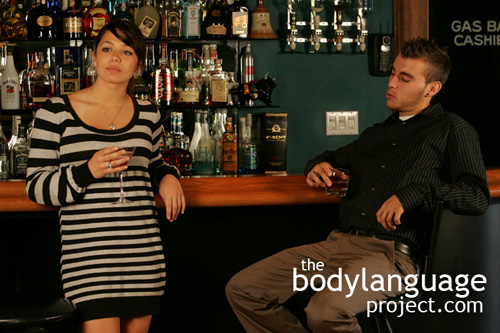The head nod is a familiar gesture that happens naturally to show agreement. The nod means that the listener is going along with what is being said but it can also be used as a tool to actively stimulate conversations. Research has shown that head nods can increase the length of time a speaker will spend talking in any given instance by up to three to four times! The length of time we spend talking has a positive effect on the level of liking we have in those we speak to. Used in reverse, nodding can stimulate more talking in others and make them like us even more. This might seem odd, but it’s true! Fast and slow nodding also indicates different things. A slow nod indicates general agreement and that interest is present, whereas a quick head nod shows impatience and a desire to interject.
Proper nodding is done as agreement is formed during conversation, and can be made even more effective by adding several additional nods at the end of the speakers point.
Research has shown that head nodding breads positive thoughts and is hardwired into the brain. In your next conversation simply nod your head and at the same time try to hold negative thoughts, or expressing negative views. Scientific experiments have shown that as the conscious mind invariably gets tired or distracted, the head nodding stops or changes direction. You will face the exact same challenges. Positive emotions are tied directly to positive body language and it is very difficult or even impossible to change these patterns.
Head nodding therefore is a gesture that has a powerful influence to those around us and can be used to create positive feelings. Head nodding creates connectivity in people and shows that what is being said, is being understood. Even if agreement is not present, it shows that a person is at least being heard which can be used to sway agreement in the future on a more important issue. In other words, when agreement isn’t present, you should still agree to disagree!

